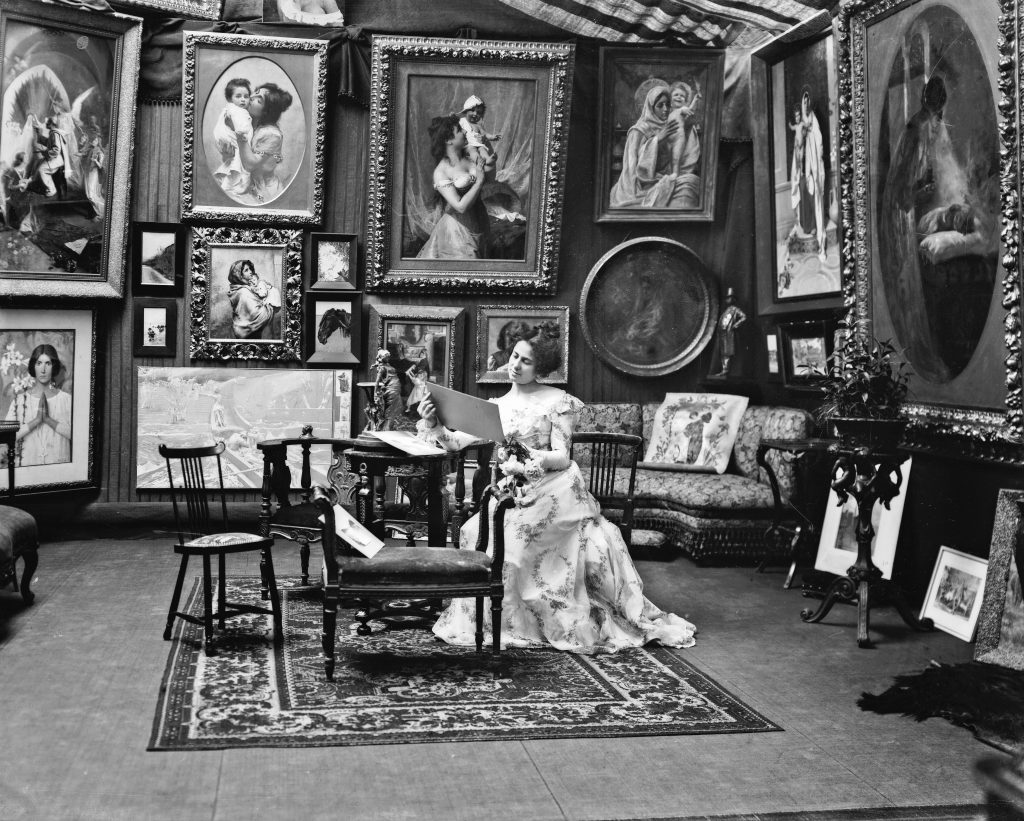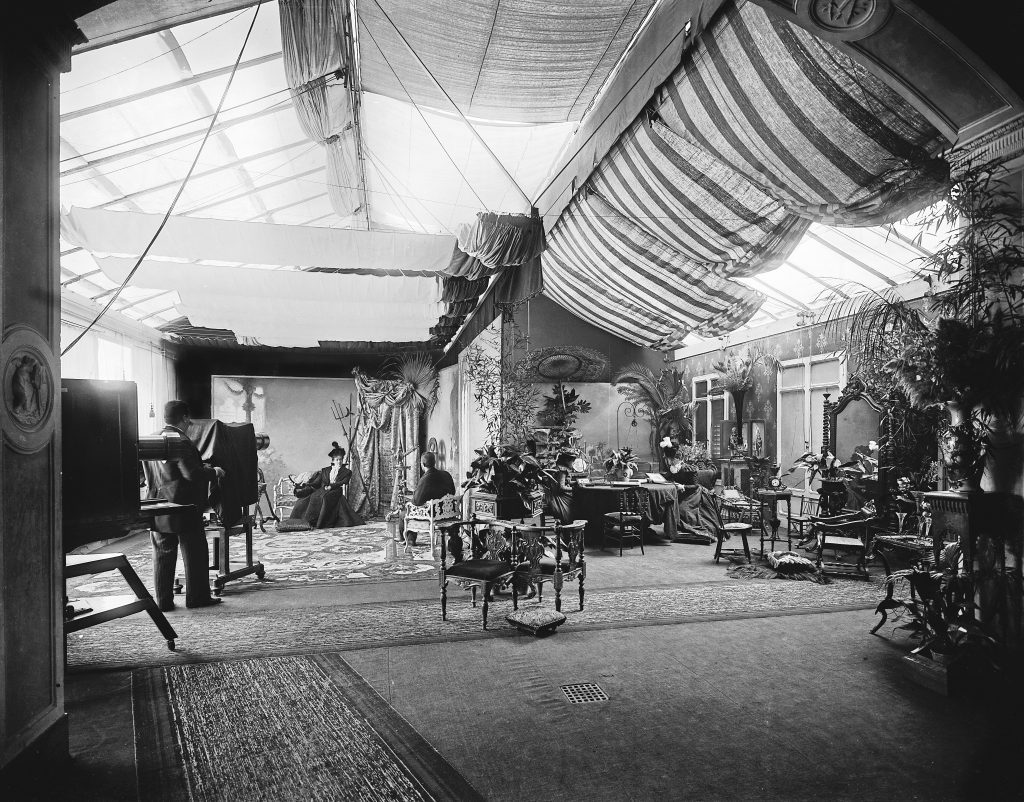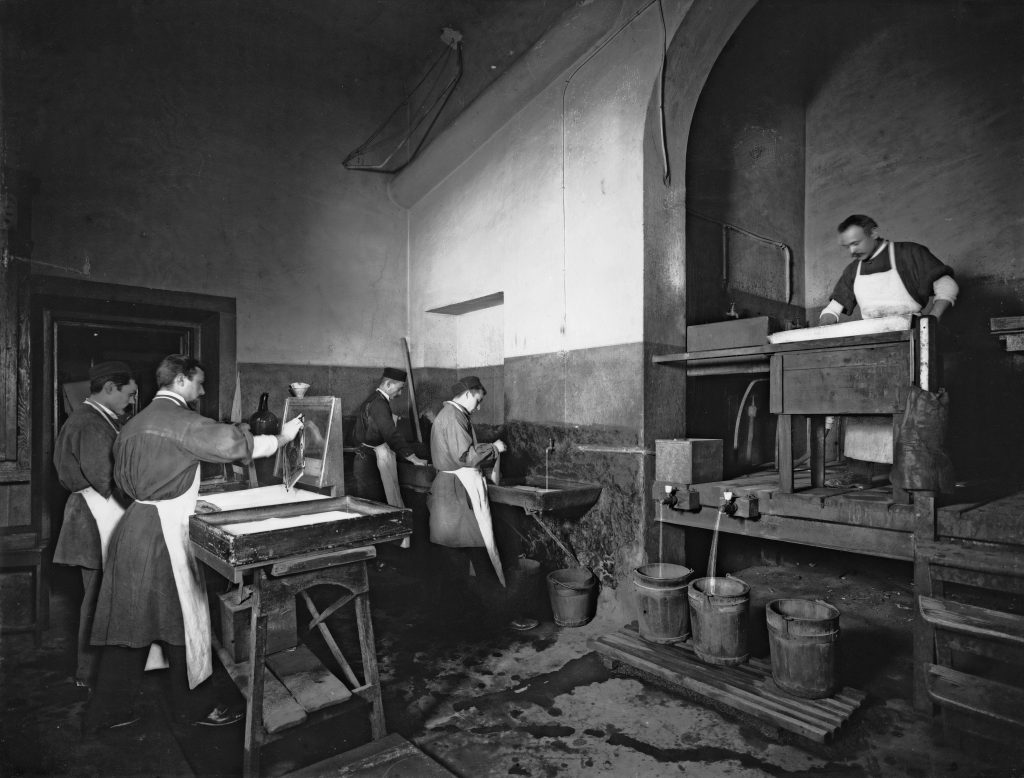by Claudia Stritof
_
Some time ago we heard the news that the Alinari archive had been purchased by Regione Toscana, after the sale of the historic headquarters in Via Nazionale in Florence.
Once the acquisition of the physical archive was completed and the negotiation for the purchase of the digital part started, the new challenge of the Region is “to guarantee its unitary custody and correct conservation, to ensure its maintenance and integrity in compliance with the archival constraint, as well as the creation of the best conditions for public use and fruition”. For this purpose, as confirmed by the Director of Culture and Research of Regione Toscana, Dr. Roberto Ferrari, a technical-scientific committee was created, which approved a first scheme that will lead to the elaboration of a detailed Strategic Cultural Development Plan and approved a new museum site, the beautiful Villa Fabbricotti in Florence, owned by the Regione.

In the year of the 100th anniversary of the Istituto Edizioni Artistiche (I.D.E.A.), the Alinari heritage is preparing to embark on a new journey, this time public, towards its enhancement and conservation. The many books published, the very important “Fotologia” magazine, essential for the methodological study of photographs and a valuable historical tool for art history scholars; the scientific exhibitions they curated, the expertly carried out restorations and the training courses have represented, for many enthusiasts, an essential point of reference for Italian and international culture.
The history of the archive is the history of Italian photography – there is no manual that hasn’t got on its pages at least one photograph from the immense Alinari archive – but it is above all the story of three visionary brothers, Leopoldo, Giuseppe and Romualdo who in 1852 opened a photographic laboratory in Florence. Their passion for photography was born after the studies at the Bardi chalcographer and already, in 1856, they published Photographies de la Toscane et des États Romains, catalogue in a single sheet, which immediately highlighted their interests towards the artistic heritage of the country, in a time in which Italy was still waiting to be unified.

In those years the prestige of the Alinari grew: the three brothers opened several branches and established an extensive network of international exchanges that allowed them to acquire an archive of inestimable importance. They kept up to date on the latest technical-scientific discoveries and created in Florence a lively cenacle of enthusiasts, open to continuous discussions with public and private institutions.
Around the same time, they moved to this historic building in Via Nazionale, where about thirty employees were working in 1863 and where the development laboratories, the printing house, the archive and the portrait studio were located and visited daily by famous people. Parallel to the work done internally, the brothers also supported an important reportage activity on cultural heritage, as evidenced by the first famous photographs of the Sistine Chapel of 1890.

After a series of unfortunate deaths in the Alinari house, in 1890 the company arrived into the hands of Vittorio, Leopoldo’s son, who began publishing volumes of national literature, such as the Divina Commedia and the Decameron. Vittorio was a cultured and refined intellectual, but the ferment that animated him faded when his little son Carlo died, a personal drama that leads the heir of Casa Alinari to sell the company to the Fratelli Alinari I.D.E.A., whose archive is saved by 94 shareholders each holding 5% of the capital.
By 1920 the archived negatives are more than 70,000. A vast heritage, very important from an economic, documentary, artistic and scientific point of view, because countless minor archives, as well as individual images, have become part of the Alinari over time, such as the Anderson and Brogi archive (purchased by Senator Giorgio Cini), that of Italo Zannier, Wilhelm Von Gloeden, Francesco Paolo Michetti or that of the Wulz family, purchased by Claudio De Polo. But not only that, because inside there are also wonderful frames (from the most sumptuous to the poorest of the Breton fishermen), daguerreotypes, countless cameras and optical tools, many photo albums bound in wood or lapis lazuli and much more.
We understand that the Alinari archives are an invaluable source of knowledge, fundamental for the cultural growth of a country, even if they have often abandoned to their own destiny, just as it happens with the cataloguing of the patrimony, the study of the state of their conservation, their safety and consequently their development.
All images: © Archivi Alinari/Regione Toscana
May 11, 2020





I am currently writing a paper for presentation about a specific photograph of women laundry workers in Bagni Di Lucca that was displayed in the local shop. I am eager to gain more information about the photo. Can you assist me. It was told to me that the photo is circa 1908? I have many questions: Who might have taken the photo? For what purpose was the photo taken and what sort of camera was used to take the photo. If you have any other photos in your collection of women Laundry workers in 1900 – 1908 I would be eager to visit Florence to see the photos. I would like to send you the photograph and so would appreciate an email.